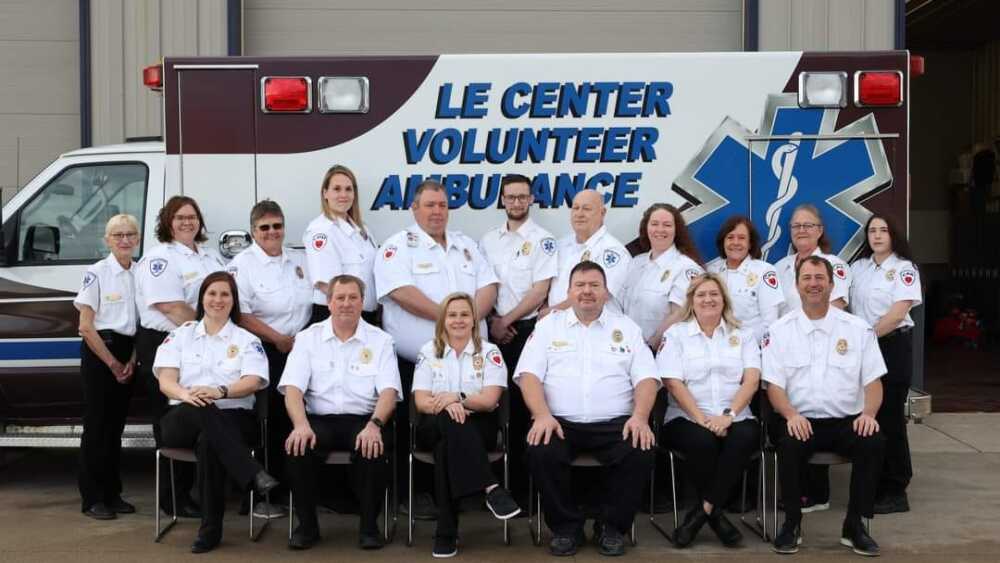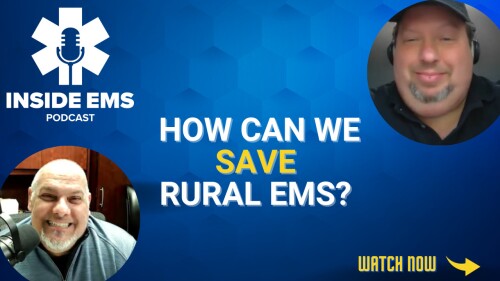By Holly Marie Moore
The Free Press
LE CENTER, Minn. — For Le Center Ambulance, a volunteer agency, Emergency Medical Technician and Director Aimee Robinson said recruiting and retaining new members is one of their biggest challenges.
“Trying to get those people who are willing to do this on their time off of work or with their family and sacrifice that time,” she said.
Rural emergency medical services providers such as Ryan Marti, a paramedic and EMS manager for Madelia Health, are saying retention strategies are just one piece to the larger funding and staffing puzzle impacting the industry.
“I think everyone has slightly different needs, but making sure to work within their limits,” Marti said regarding EMS staff and volunteers at a virtual listening session Wednesday.
“For example, not asking too many hours and/or being able to pay for some of their education.”
Educators, such as South Central College’s Carie Weller of their EMS department, also pitched recruitment incentives.
“If we’re looking at ways to recruit and then retain those people in these communities, it may not always be focusing on the young, right?” Weller suggested.
“If you’re an established community member, a resident of a community, maybe you get a property tax break for however many years of service you’ve been involved with your community.”
Wednesday’s listening session aimed to explore the workforce challenge for rural EMS.
Other stakeholders, like Brown County Commissioner and New Ulm Police Chief Dave Borchert, also expanded on the push to designate the industry as an essential service like police and the need for more reimbursement from Medicare.
“That’s a big deal. We’re not getting reimbursed properly, so it’s a financial strain on the services,” he said.
This year, a bipartisan Senate bill sponsored by Republican Sen. Rich Draheim, of Madison Lake, aims to establish an income tax subtraction for volunteer fire and rescue workers.
The legislation would allow qualified volunteer responders to subtract $10,000 from their state-taxable income.
Last year, Gov. Tim Walz and the Legislature approved short-term funding to help provide relief.
The package included $30 million for rural EMS, with $6 million for the establishment of an alternative EMS response model pilot program and $24 million in short-term emergency aid.
© 2025 The Free Press (Mankato, Minn.).
Visit www.mankatofreepress.com.
Distributed by Tribune Content Agency, LLC.

















